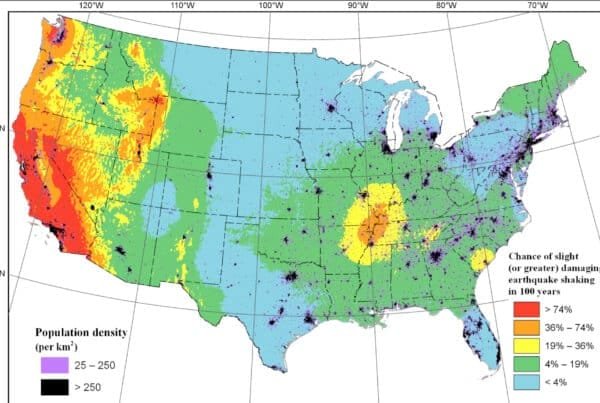Taking Stock of Global Risks
It’s prudent every so often to take stock of the global threat landscape in order to identify the “unknown unknowns”, as former Secretary of Defense Donald Rumsfeld once put it. In addition to keeping up with international news, it’s helpful to consult annual threat assessments created by businesses and organizations that have a vested interest in anticipating future risks.
In January 2024, the World Economic Forum (WEF) released their annual Global Risks Report. According to the WEF, the Global Risks Report “explores some of the most severe risks we may face over the next decade, against a backdrop of rapid technological change, economic uncertainty, a warming planet, and conflict.”
Respondents for the Global Risks Report provided a starkly negative outlook for the coming decade. Only 16% of respondents foresee a stable or calm future in the next two years. Over a 10–year timeframe, 63% of respondents anticipate a stormy or turbulent future, with only 9% expecting stability or calm.

Generally, the report found that, “As cooperation comes under pressure, weakened economies and societies may only require the smallest shock to edge past the tipping point of resilience.
Global Risks Report respondents highlighted 5 top threats in the current risk landscape:
- Extreme weather
- AI-generated misinformation and disinformation
- Societal and/or political polarization
- Cost-of-living crisis
- Cyberattacks

Overall, the Report depicts a concerning decade ahead. Respondents anticipate that extreme weather will present a “material crisis on a global scale” as soon as 2024, and that political unrest could result in “violent protests, civil confrontation and terrorism.”
The Report assesses that “… technological advances, including in generative AI, will enable a range of non-state and state actors to access a superhuman breadth of knowledge to conceptualize and develop new tools of disruption and conflict, from malware to biological weapons.”
With several international conflicts currently threatening to expand, the report concludes that, “simmering geopolitical tensions combined with technology will drive new security risks.”
If you’re interested, you can read the full report here.
What Can You Do?
If you feel concerned after reading the WEF’s global threat assessment, you’re not alone. However, as responsible citizens, we can take steps to insulate ourselves from evolving threats – even ones that are much larger than us.
At a bare minimum, you should have enough food, water, and emergency supplies to shelter in place at home for up to two weeks. Depending on the crisis, you may also need to evacuate quickly with the appropriate supplies in your vehicle.

Getting your household ready to shelter in place and evacuate will dramatically improve your crisis readiness posture for threats 1, 2, 3, and 5 as identified by the Global Risks Report.
As for threat 4, a Cost of Living Crisis, we will leave the financial lessons to the finance pros. However, consider starting by building up an emergency fund – even if it’s small – to handle unexpected financial impacts.
With the global threat landscape looking darker than it has in recent history, it would be easy to lose hope. Instead of living in fear, take action to get ready for turbulent times, and replace anxiety with courage.
A great starting point is Failstate’s 6 Steps to Readiness. By taking care of the basics, you can insulate your household from external events.



